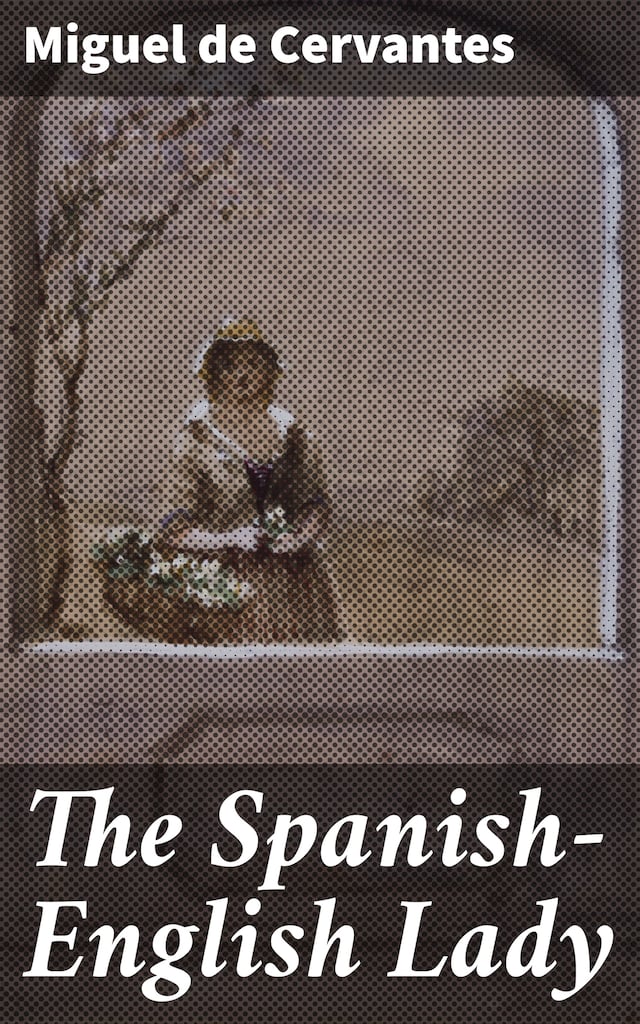
The Spanish-English Lady
A Captivating Journey Through 16th-Century Spain
Tietoa kirjasta
In "The Spanish-English Lady," Miguel de Cervantes weaves a complex tapestry of cultural intersections, exploring themes of identity, love, and the intricacies of communication between disparate worlds. Set against the vibrant backdrop of 17th-century Spain and England, Cervantes employs a rich narrative style that fuses humor and pathos, drawing on the era'Äôs burgeoning interest in transnational interactions. The text delves into the personal and societal challenges faced by its titular character, encapsulating the tension between individual desire and social expectation, which was a hallmark of the Spanish Golden Age literary movement. Miguel de Cervantes, celebrated as one of the greatest writers in the Spanish language, imbued much of his work with reflections of his own tumultuous life, including his experiences in military service and captivity. His ability to navigate diverse cultures may have stemmed from his encounters with various societies, influencing his portrayal of cross-cultural dynamics in "The Spanish-English Lady." Cervantes's profound understanding of human nature and societal complexities also serves to elevate the narrative beyond personal storylines, sending readers on a journey through the heart of humanity. This compelling exploration of cultural identity is a must-read for scholars and casual readers alike. As Cervantes'Äôs adept storytelling and keen insights resonate with modern issues of globalization and identity, "The Spanish-English Lady" offers timeless reflections that invite critical engagement and contemplation. Whether you are a fan of historical literature or eager to understand the nuances of cultural interactions, Cervantes's work promises to enlighten and entertain.
 Miguel de Cervantes
Miguel de Cervantes 53 Sivua
53 Sivua